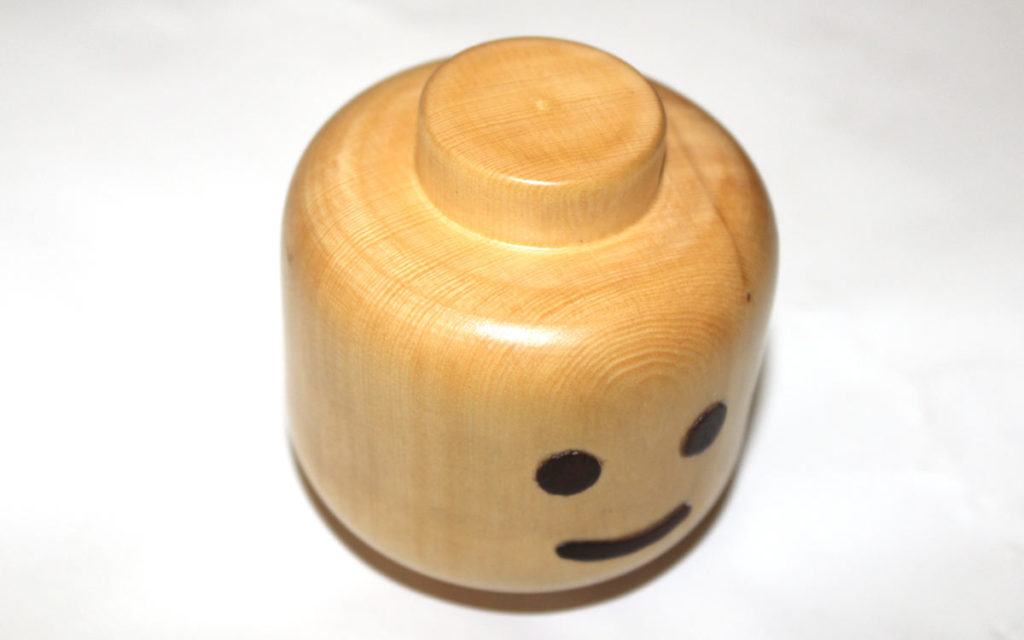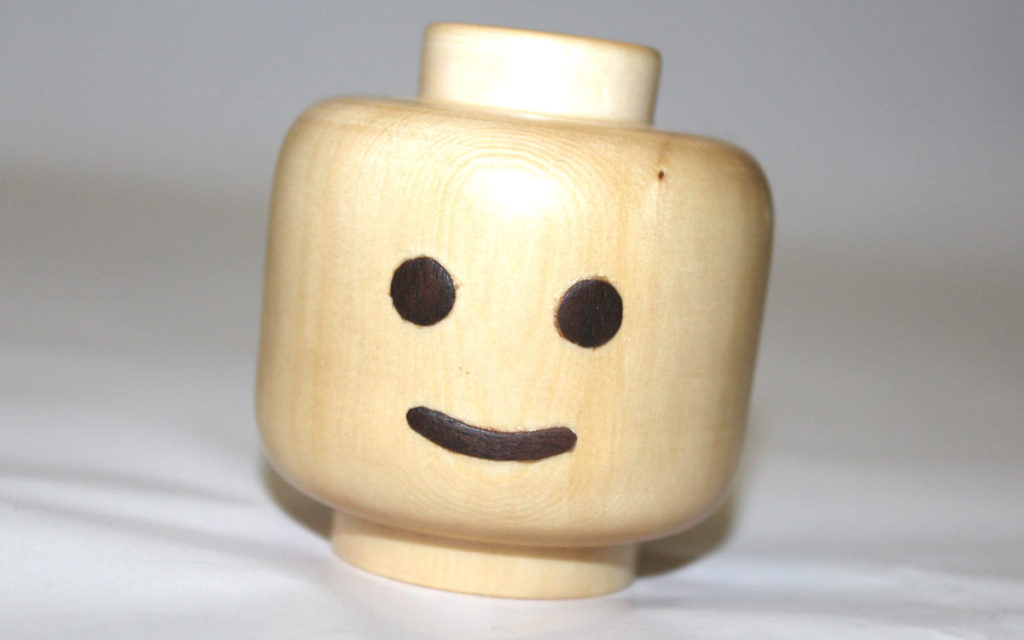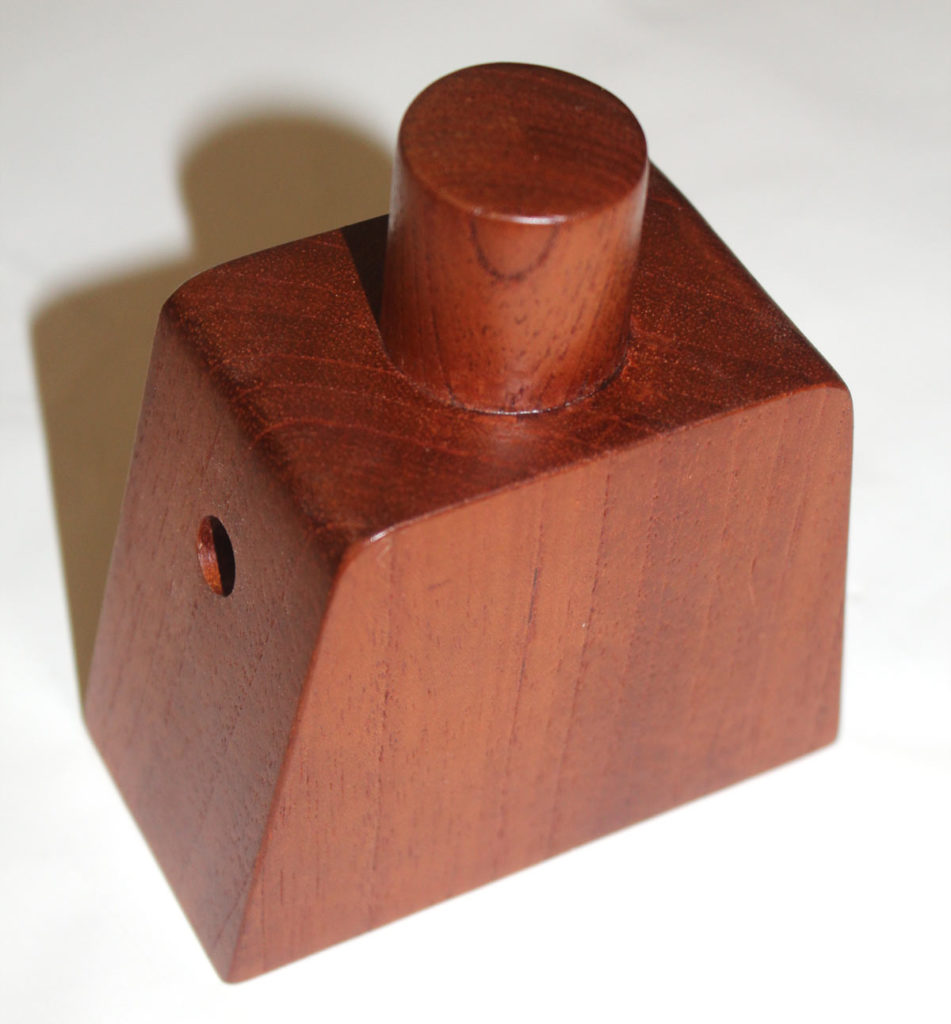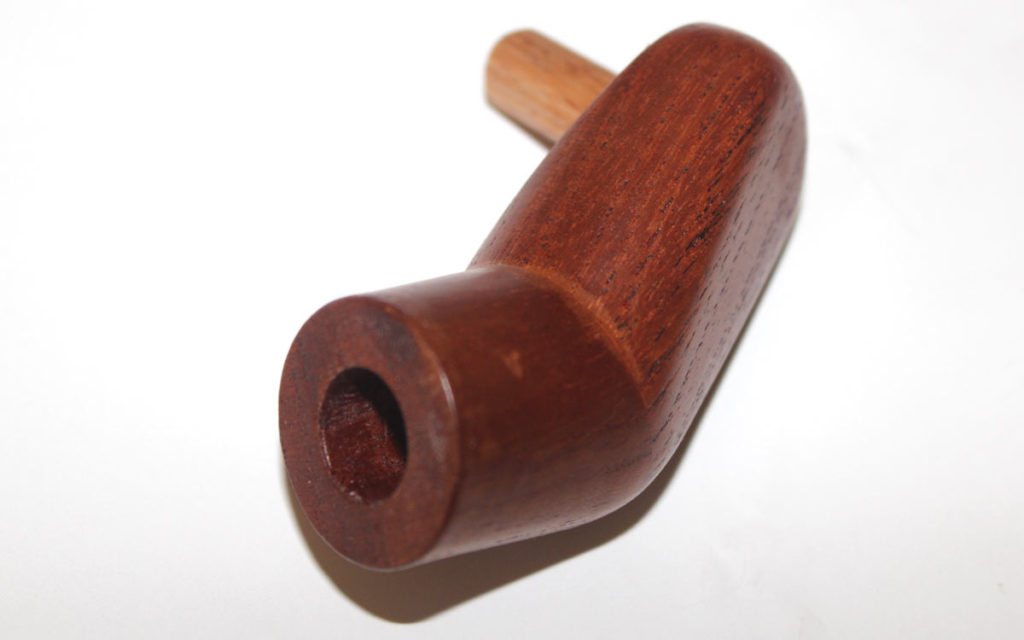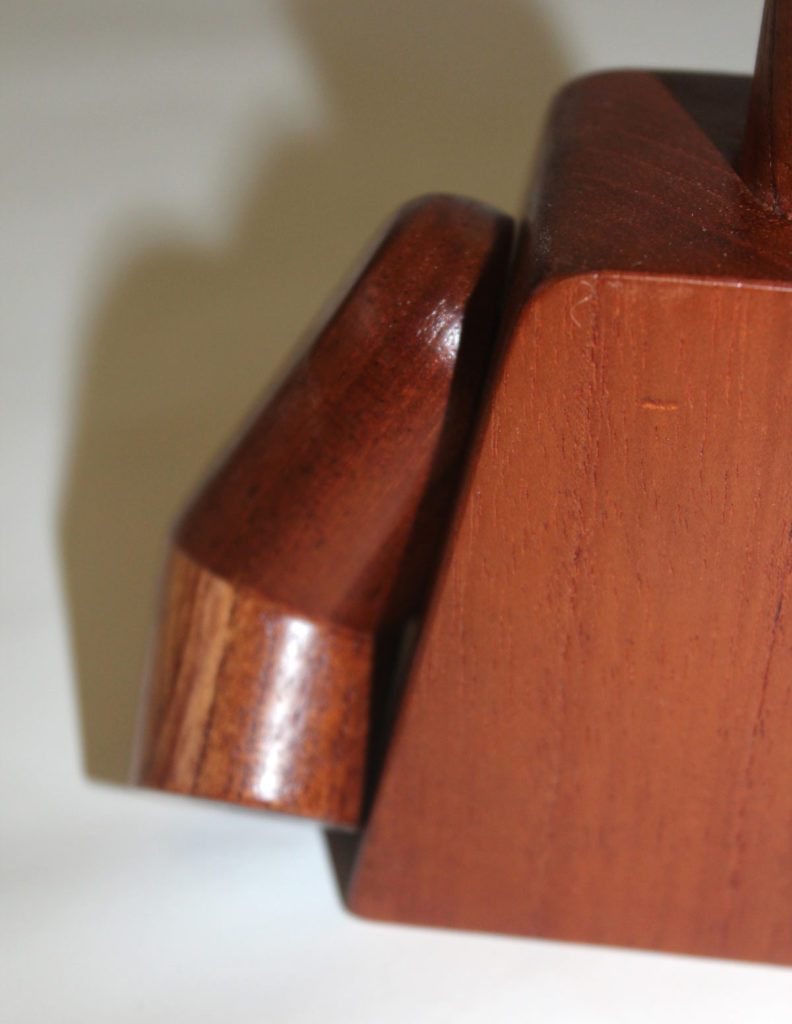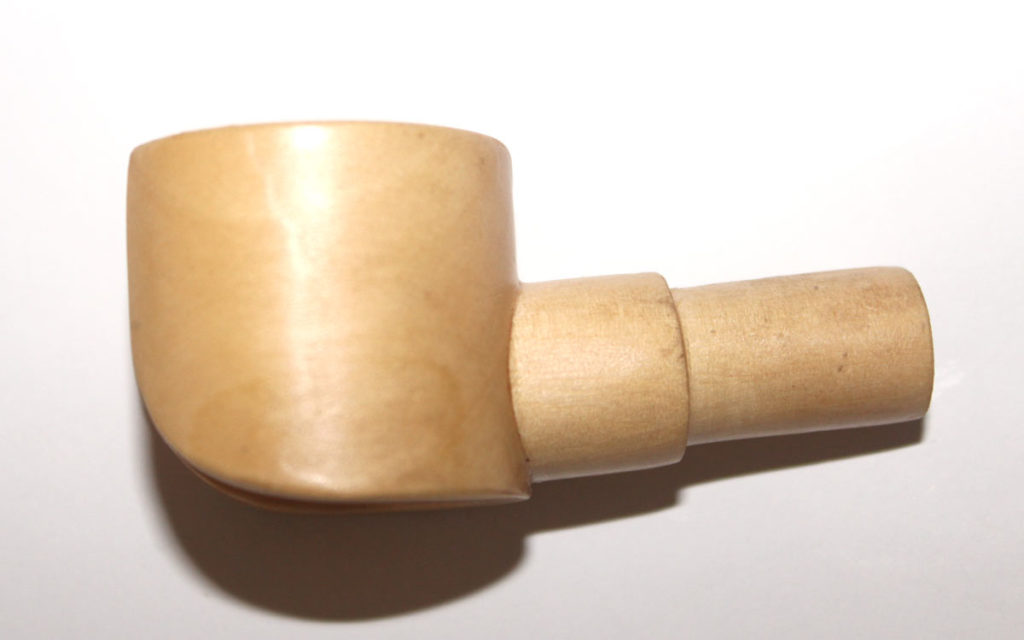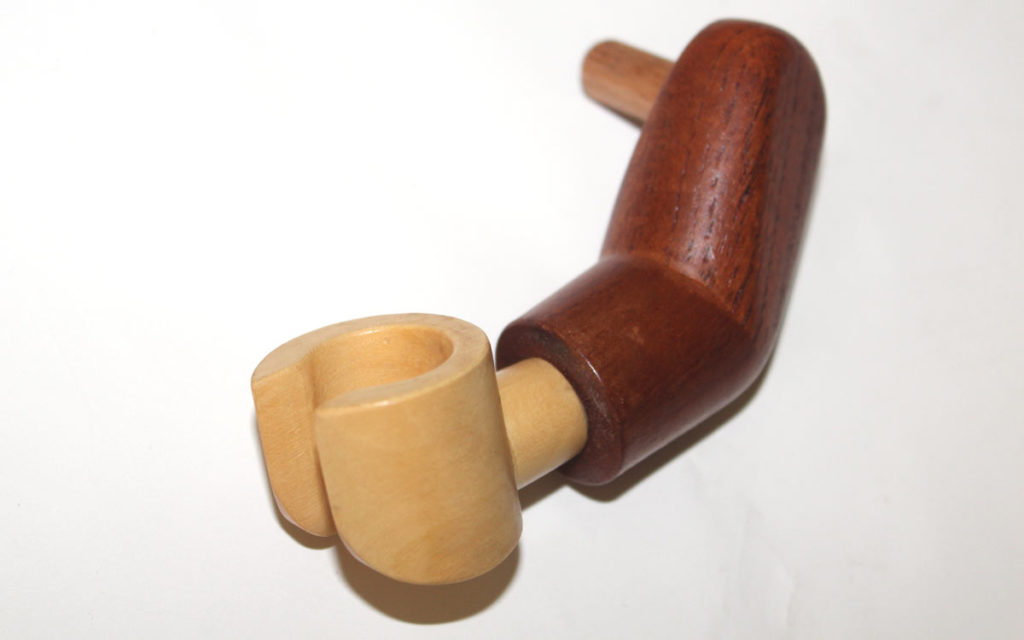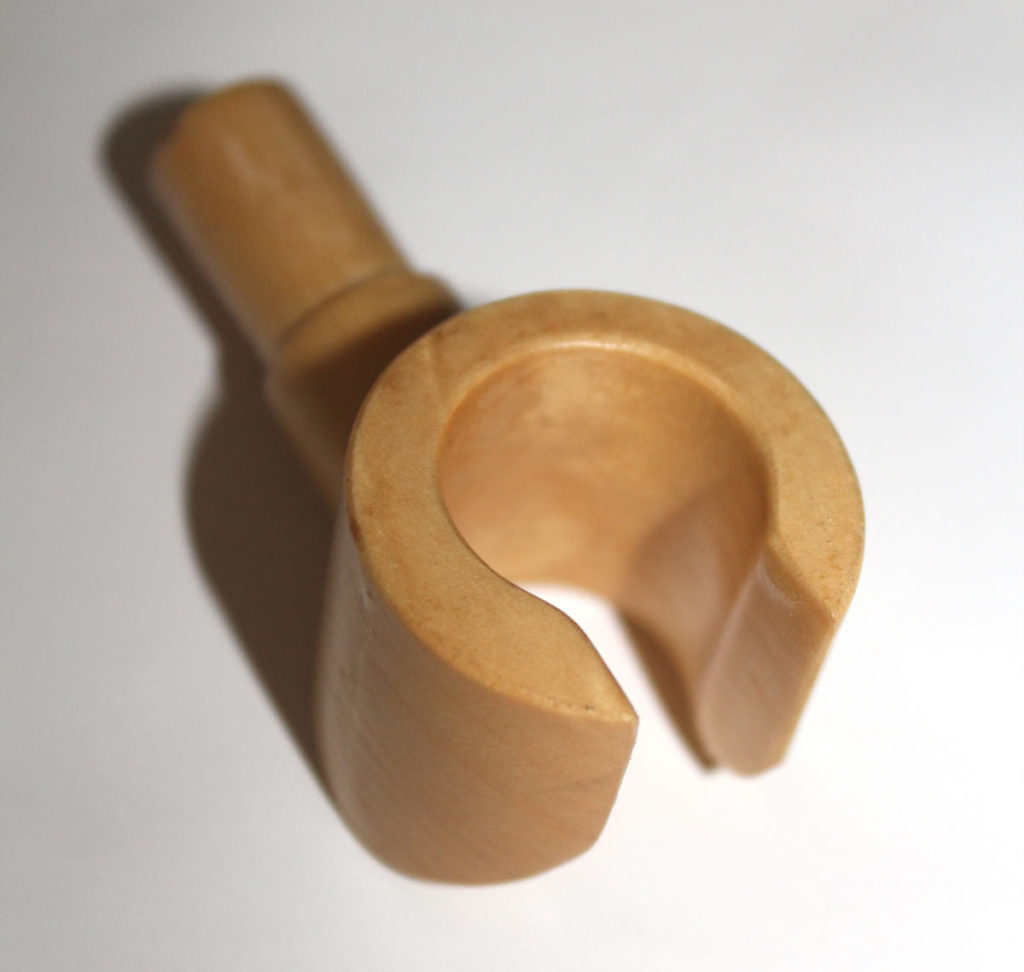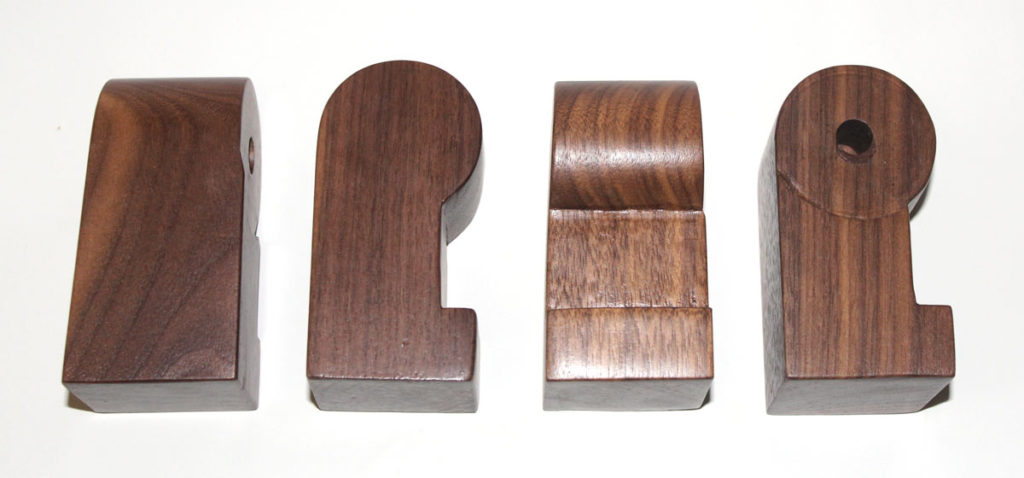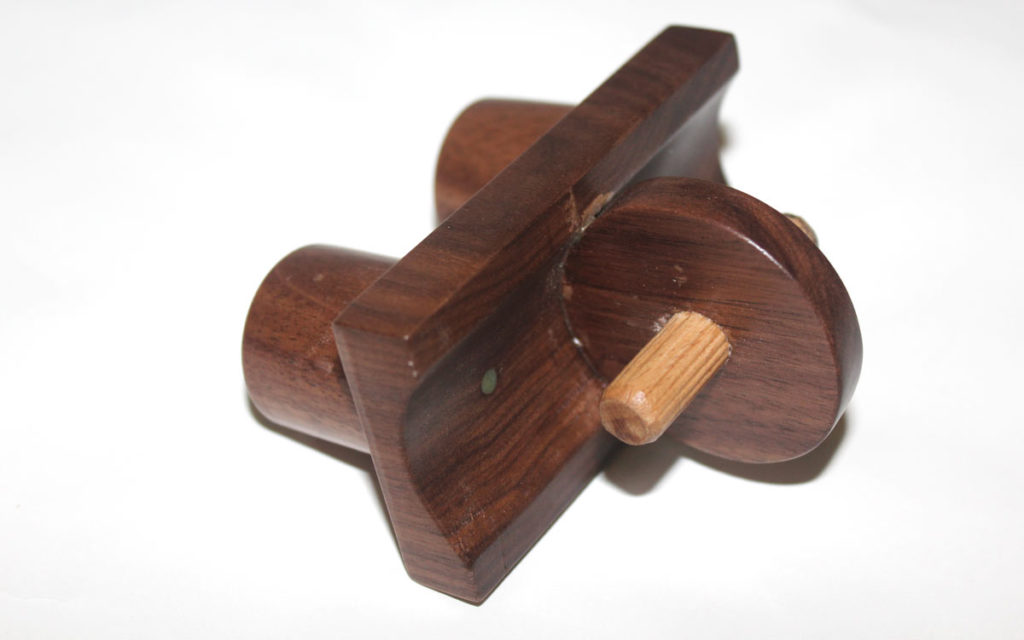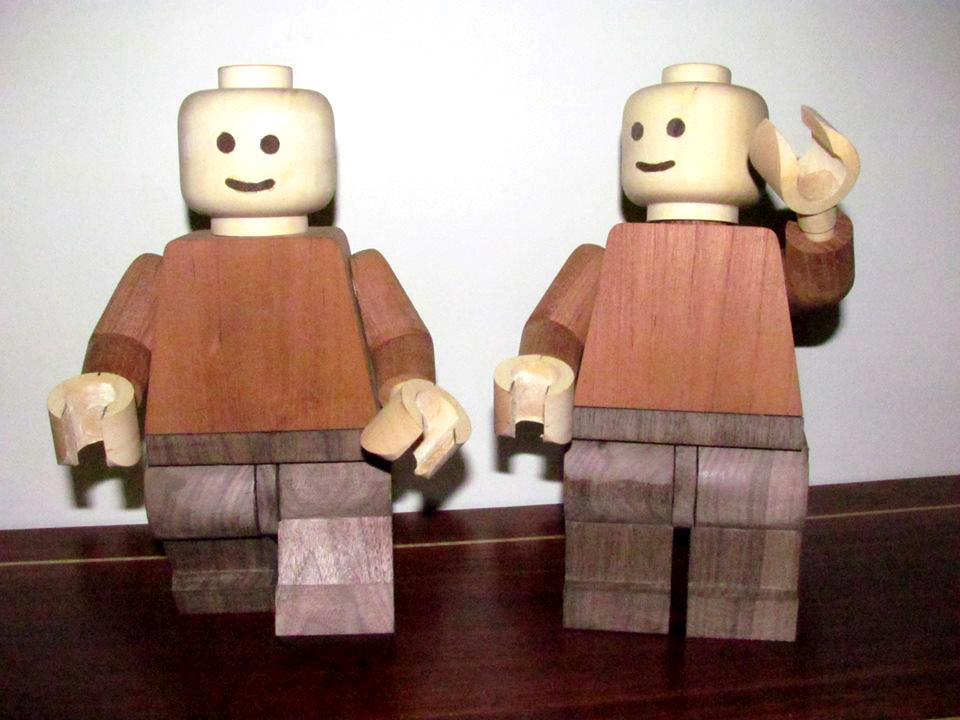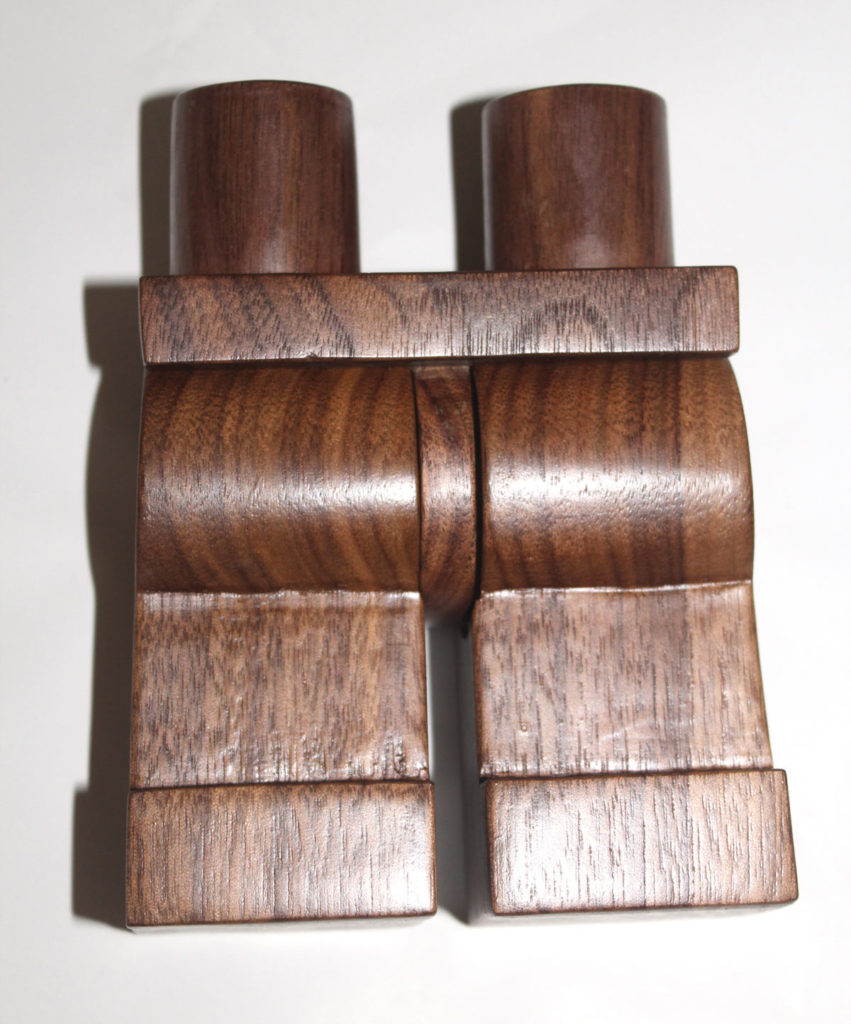
These are some giant Lego men that I have made. I built them as a challenge — I like doing a project like this every year to push myself and learn from the design process. These have all the movements, clips, and operations that a standard Lego minifig has. They are to scale (1:6.25), and I built them using Huon pine, Australian red cedar, and American walnut. Here’s how to do it.
You’ll need a selection of wood that fits the scaled version of your minifig.
Design and Timber Selection
Before you start building one for yourself, design and timber selection is very important.



I copied the designs directly from the web (Figures A and B) and measured actual Lego pieces. It’s pretty simple to get the measurements, but there are a few subtle design features that I never realized until I studied these:
- The legs taper outward. Not much, but the distance at the bottom of the feet is equal to the bottom of the body. The top of the legs sit a few millimeters underneath.
- The leg mechanism is not flush at the front
or back - There is a flat spot on the arms
- There is a cutout on the legs that houses the middle disk.
These are all really important, and make a big difference. I even tried slightly changing the sizings on the face and it looked so wrong. They are well designed.
Choosing your scale is also important. I chose 1:6.25 because that gave me the biggest size with the timber I had. The body thickness is 50mm (standard timber sizing). By luck, at this scale the hand also holds a real Lego man perfectly.

Timber selection: The main thing is timber density. With dowel joints that are tight but not too tight, soft timbers are best. Color is only really important for the head. Try to get a yellow timber. The other colors are not as important but something contrasting is good (Figure C).



